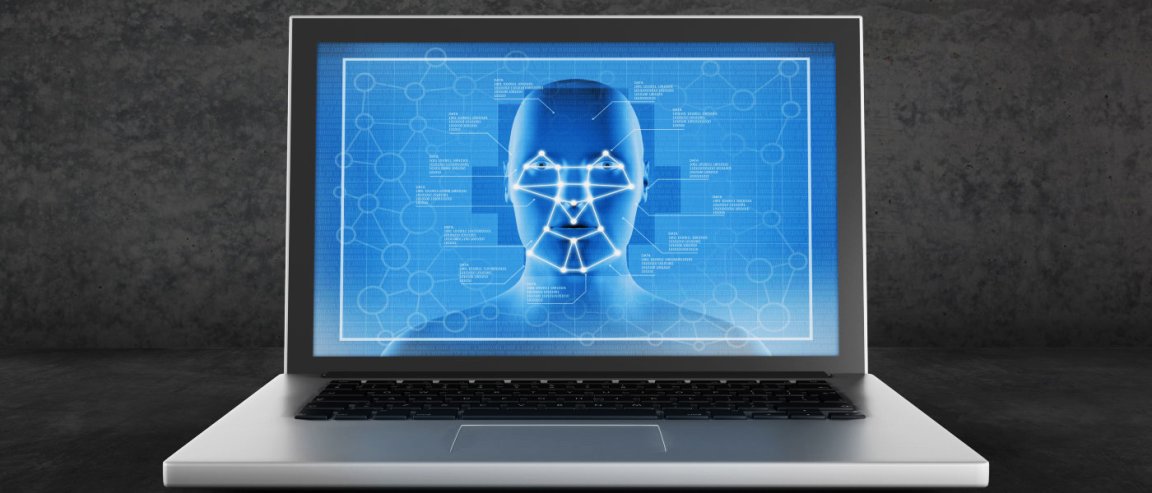
On a scale of Facebook to Orwell’s 1984, how scary is the Next Generation Identification (NGI) facial recognition system?

According to the US Government Accountability Office (GAO), the NGI facial recognition system being used by FBI can access—not just 70 million photos (as reported earlier)—around 411.9 million pictures. And notably, it doesn’t matter if you have no prior criminal records.
The system can look through NGI’s collection, as well through biometric databases ran by the DOJ and 16 different states. It can also search the State Department’s passport and visa application records for possible matches.
So, what’s the use?
According to the report, is an individual is captured on camera, then the police will be able to send the footage to the FBI. If the person exists in the database, the search algorithms should be able to find the match 86 percent of the time.
However, GAO’s report said that the FBI has done little to make sure that the system’s search results do not include photos of innocent people (people who have no prior convictions). And notably, since the facial recognition systems still sometimes fail at recognizing people with darker skin tones, it could give mixed-up, inaccurate results when law-enforcement agencies use it to search for suspects.
Due to the Privacy Act, the FBI could be exempt from disclosing information if certain individuals want to know if they’re in the database.
An FBI spokesperson told The Guardian when the publication asked for a comment: “The FBI believes GAO staff does not fully appreciate the nature of its face recognition service as being utilized for investigative leads only and not positive identifications.”
Yet, the report is skeptical of just how well the FBI is running things: “Because the FBI does not conduct operational reviews that would assess the accuracy of face recognition searches on NGI-IPS, it risks spending resources on a system that is not operating as intended and also may miss opportunities for improving the system.”
Regardless, one thing is for sure: The way that we identify the suspects of tomorrow will be far different from the identification methods used today.